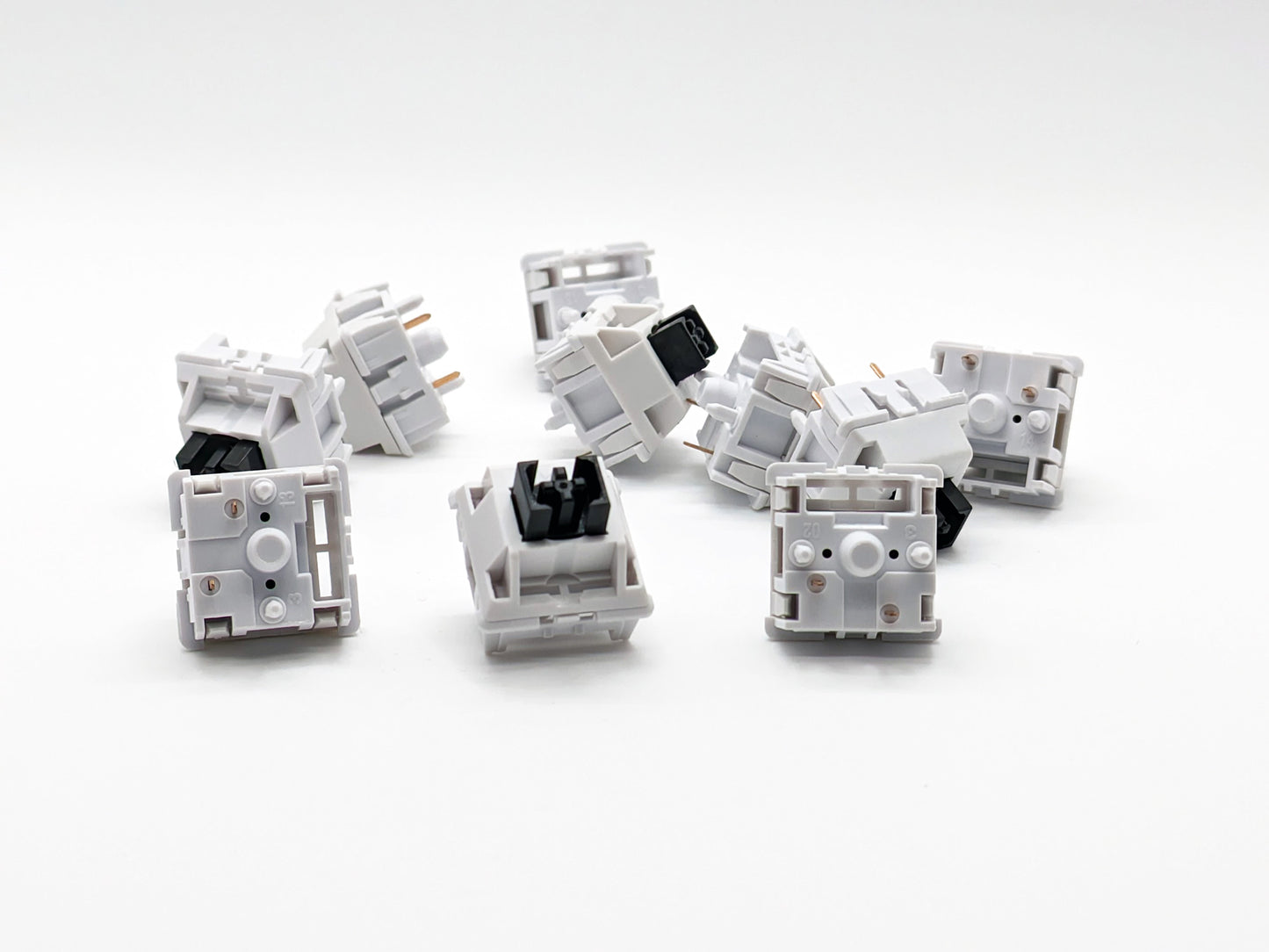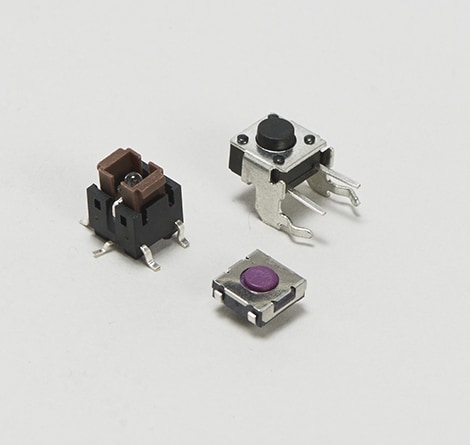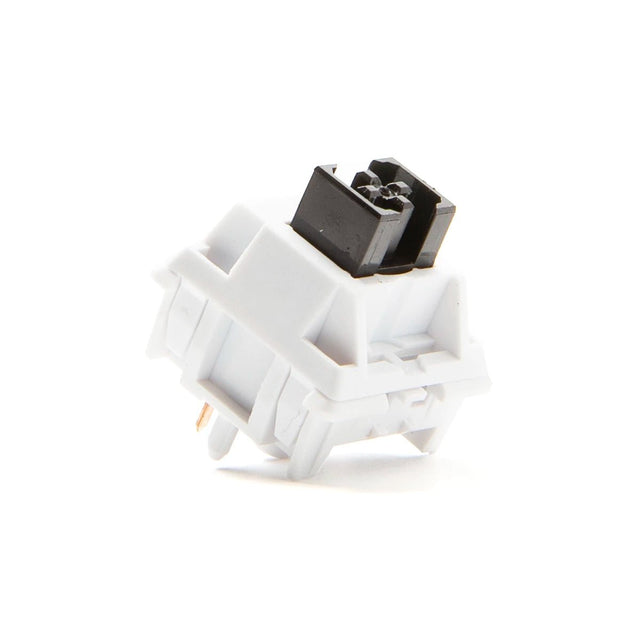Many premium keyboards feature tactile switches for a smooth keystroke.
Recognizing the Conveniences of Tactile Changes for Enhanced Individual Experience
Responsive switches are integral to modern interface, supplying physical comments that boosts communication accuracy and user satisfaction. These mechanisms are particularly valuable in settings where rate and accuracy are paramount, such as in video gaming or professional setups. By using a distinct sensation upon activation, tactile buttons verify customer inputs without the requirement to draw away visual attention, improving job implementation and minimizing error rates. This mix of prompt physical response and integrity invites further exploration into their more comprehensive effects and advantages.
Checking Out the Mechanics of Tactile Switches
To understand exactly how tactile buttons improve customer experience, it is important to look into their auto mechanics. Responsive buttons operate via a device that customers can feel and hear when a trick is pushed. This is attained by including a tiny dome or bump within the switch, which develops resistance at a specific point in the keypress pathway. Once this factor is surpassed, the resistance provides method, generating a noticeable 'click.' This physical experience is critical as it gives instant physical feedback to the customer, confirming that the input has been made without needing to turn on the button entirely.
The construction of these buttons differs, yet typical materials include steel for the calls and rubber or silicone for the responsive dome - tactile switches. These parts are engineered to hold up against numerous cycles, making certain sturdiness and consistent efficiency gradually. This dependability makes responsive buttons especially favored in atmospheres that demand quick, accurate customer input
How Tactile Responses Enhances Accuracy and Rate
Many users discover that responsive responses from buttons significantly improves both the precision and rate of their interactions with tools. The distinctive physical experience supplied when a tactile button is actuated enables individuals to confirm their input without requiring to ascertain visually. This verification is crucial in atmospheres where interest is split throughout numerous tasks, as it makes certain inputs are both willful and correct.
Additionally, the immediate feedback from responsive switches decreases the moment taken between activities. Users do not useful link have to push secrets numerous times to make certain activation, resulting in quicker response times. This performance is specifically advantageous in high-speed keying circumstances where each nanosecond can add to total efficiency.

Additionally, the improved sensory experience decreases customer exhaustion and boosts engagement, making interactions a lot more user-friendly and less susceptible to mistakes - tactile switches. Therefore, responsive switches not only improve the performance of a gadget however also add to an extra enjoyable user experience
The Duty of Tactile Switches in Gaming Efficiency

Furthermore, tactile buttons contribute to much faster reaction times. The physical feeling validates the crucial press without the need to bad the secrets, making it possible for quicker inputs and a smoother gaming experience. This is particularly helpful in games that require rapid and repeated keystrokes, where rate is typically as critical as accuracy.

Tactile Buttons in Expert Settings
Responsive buttons are just as transformative in specialist settings, where performance and ergonomic design enhance efficiency. other These buttons, generally found in high-precision key-boards, are prized for their responsive feedback - tactile switches.
In setups like control rooms or workshops, responsive switches are incorporated right into devices for their trustworthy performance. They provide operators the assurance required in high-stakes atmospheres, guaranteeing that every command or adjustment is executed as meant. This integrity, combined with the responsive feedback, aids maintain high levels of concentration and functional performance, crucial in maintaining workflow and meeting specialist criteria.
Comparing Tactile and Non-Tactile Individual User Interfaces
Just how do tactile customer interfaces contrast to their non-tactile equivalents? The primary difference exists in the feedback provided to individuals. Tactile interfaces, such as those with physical switches or textured surface areas, offer immediate physical comments through touch. This sensory action can improve customer precision and speed, specifically in settings where aesthetic focus have to be divided. Non-tactile user interfaces, like those with flat touchscreens, depend on visual or auditory feedback, which may not be as instant or intuitively refined.
The selection between responsive and non-tactile interfaces typically depends on the application's context and customer demands. Responsive interfaces are vital in circumstances needing operation without straight line of sight, such as driving or in specific industrial settings.

Conclusion
In conclusion, responsive switches significantly enhance customer experiences by giving necessary physical feedback. By supplying an extra instinctive and gratifying communication, tactile switches show superior to non-tactile interfaces, making them a preferred choice for customers seeking reliability and efficiency in their interactions with innovation.